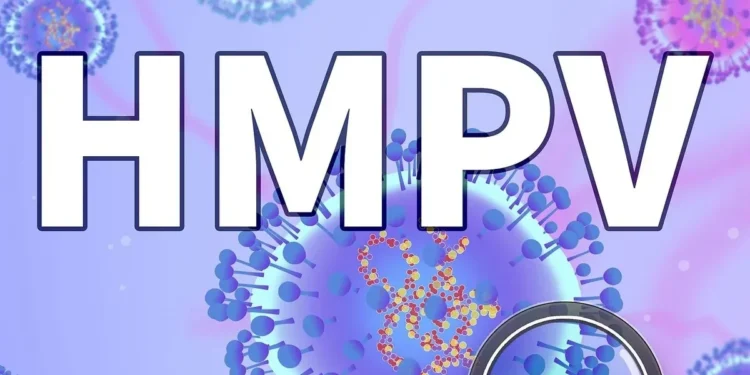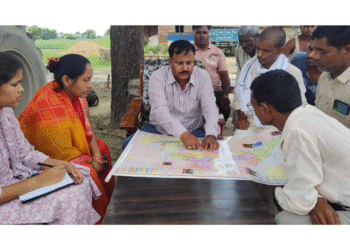India has recently reported seven cases of Human Metapneumovirus (HMPV), a respiratory virus primarily affecting vulnerable groups such as young children, the elderly, and those with weakened immune systems. Cases have been confirmed in Bengaluru, Nagpur, Tamil Nadu, and Ahmedabad, prompting health authorities to take preventive measures.
What is HMPV?
HMPV, or Human Metapneumovirus, is a common respiratory virus that causes cold-like symptoms. It typically spreads during winter months and poses serious health risks to immunocompromised individuals. While symptoms often resemble the common cold, severe cases can lead to complications such as pneumonia or bronchitis.
India’s Current Situation
- Confirmed Cases: Seven cases have been reported across four major locations in India: Bengaluru, Nagpur, Tamil Nadu, and Ahmedabad.
- Affected Groups: The virus has primarily been detected in children.
- Surveillance Measures: The health ministry has assured the public that the situation is being closely monitored, and there is no immediate risk of an outbreak similar to COVID-19.
Maharashtra Takes Proactive Measures
In response to the rising HMPV cases, Maharashtra has called an urgent meeting to assess the situation and formulate a prevention strategy. Officials are focusing on raising awareness about the virus, emphasizing hygiene practices, and preparing healthcare facilities to manage any potential surge.
Uttarakhand Issues Prevention Alert
Uttarakhand has issued an alert urging citizens to adopt preventive measures against HMPV. Recommendations include:
- Regular handwashing.
- Wearing masks in crowded places.
- Avoiding close contact with individuals showing symptoms of respiratory illness.
HMPV in Context: Global Concerns
The rise in HMPV cases in India coincides with a surge in respiratory illnesses reported in China. However, Chinese authorities have downplayed the concerns, describing the situation as an “annual seasonal reoccurrence.” A Chinese foreign ministry official assured citizens and tourists that the virus poses no significant travel risks.
How HMPV Spreads
HMPV spreads through:
- Respiratory Droplets: When an infected person coughs or sneezes.
- Direct Contact: Touching contaminated surfaces or coming into close contact with an infected individual.
- Shared Items: Using shared utensils, towels, or toys.
Key Symptoms to Watch Out For
- Runny nose
- Cough and congestion
- Fever
- Sore throat
- Difficulty breathing in severe cases
If symptoms persist or worsen, seeking medical attention is crucial, especially for high-risk groups.
Prevention Tips for the Public
- Maintain proper hand hygiene.
- Avoid touching your face, particularly your eyes, nose, and mouth.
- Disinfect frequently-touched surfaces.
- Practice respiratory etiquette, such as covering your mouth while coughing or sneezing.
- Stay home if feeling unwell to prevent spreading the virus.
Conclusion: Stay Vigilant, Stay Safe
While the situation remains under control, proactive measures by health authorities and the public are essential to curb the spread of HMPV. By adhering to preventive practices and staying informed, India can effectively manage the potential risks associated with this virus.













